Positive Health Online
Your Country

Notes on Hope and Hopelessness
by David Lauterstein(more info)
listed in psychospiritual, originally published in issue 250 - November 2018
“There is an infinite amount of hope in the universe…but not for us.”
~ Franz Kafka
That Kafka quote has pissed me off for about fifty years. Of course, Kafka may have been speaking only about himself – no hope for Kafka. Or about the fact that everybody dies. Or that, if hope exists, the universe, being infinite, must contain an infinite amount of hope, but that it is variably distributed. Perhaps there are whole planets populated by nothing but hope!
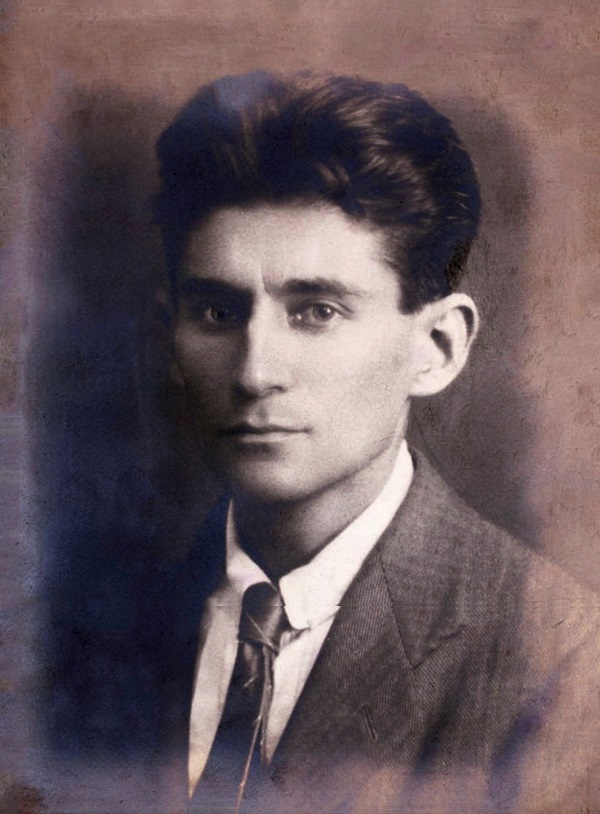
https://commons.wikimedia.org/wiki/File:Franz_Kafka_1917.jpg#globalusage
I am concerned about hope in at least four ways. Straddling the beatnik and hippy generation, I’ve had negativity of the beats walking alongside the positivity and playfulness of the 1960s all my life. I am a massage therapist/bodyworker; I see and want to see the results of my work be a dramatic lessening of mind-body tension and a dramatic rekindling of hope. I am a teacher and writer and want to see the awakening of hope in the eyes and spirits of my students and readers. Lastly I, like Kafka, was raised in a Jewish family and there is a tendency, it seems, for us to have a particular strain of hopelessness.
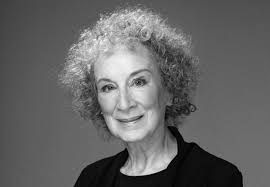
Margaret Atwood
Now the 21st century has spawned what may be a new variant of hopelessness. Environmental degradation makes one concerned about the simple survival of future generations of humans. Over-population and crushing poverty is causing people to rush in unprecedented numbers across borders out of desperation. We put poisons in our food – I believe it was Margaret Atwood who said, when asked if an alien came down and had surprises about humanity, they’d first say, “They put poisons in their food!” The over-emphasis of university studies in technology, science, math and lack of similar enthusiasm and support for the humanities. The kind of immediacy facilitated by the Internet and social media is sadly paralleled by the distance it seems to bring to personal relationships.
I’ve heard that some writers noted one thing that put the kibosh on socialism was the invention of the automobile – so that workers, rather than living closely together and sharing ideas and feelings about their work, lived, via their cars, far more out of touch with each other in their daily lives. Similarly the internet has spawned a context where people can issue devastating remarks with little social consequence – face-to-face much of the hatred circulating through the internet would be impossible. This erosion of kindness is terrifying.
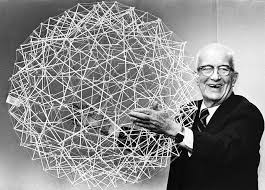
Buckminster Fuller
I often long for the optimism of Buckminster Fuller’s Operating Manual for Spaceship Earth. Humankind is guilty of not planning for these eventualities we are now faced with. Where is the manual? What plans can now be made? The signs that we have taken some wrong turns are getting bigger and bolder daily - weather emergencies, continued racism, sexism, gun violence, the increasing polarization of politics. Perhaps the whole of humanity needs a 12-step program for overcoming the dysfunctions that threaten our world today, a blueprint for hope.
How Might that Look?
We admit that we have been powerless in the face of power. The corporations have gained too much power over the management and government of human affairs.
We come to believe that a power greater than our conscious minds is needed to restore us to sanity. The unconscious mind as ‘discovered’ by Freud has been identified as the deep source of both creativity and hatred by Jung, Karl Menninger and others. The 20th century gave us the knowledge and some techniques for how to relate to the fact that we are mostly determined by the emotions and the unconscious rather than the rational mind.
We make a decision to explore what we more deeply and often unconsciously feel. We inventory the feelings we do have. I am astonished that the newscasters can issue the news without crying. And we can notice the amplification of hopelessness, not that we need any help, by the constant litany of disasters, murders and the corresponding ignoring of nearly everything good that takes place every day.
We need to admit where we’ve gone wrong. The idea that science is value free is incorrect. Science without humanity is heartless. We need to remedy the crushing poverty in the world – first through education and encouragement for birth control and through education so that people can better support themselves. In the US replace where possible, social welfare with guaranteed annual income and guaranteed education in both the humanities and science. We need to admit that hatred has never gotten us anywhere – that love is truly the answer.
We are ready and needing everyone to remove these obstacles to human happiness and health. Interestingly if we made a list of all persons that we had harmed in human history, it would be essentially a nearly infinite list of people whose lives have been compromised by our forms of government and resulting social disorganization, and denial of the humanity of others. How can we make amends to them all? Impossible, but the best we can do, is the best we can do now. This is what we owe the countless people who have suffered before us.
We will make mistakes; we have lived in the darkness of prejudice, polarization and fragmentation for so long that coming to unity will be fitful. We just need to notice our feelings, our thoughts, and reconcile the conflicts within ourselves not by fighting each other and ourselves.
We can’t continue on a sane path without tapping into the wisdom traditions carried, with all their flaws, by the various world religions and philosophers. First of all, the Golden Rule will take us a very long way! Secondly the recognition that all human beings have inbuilt the capacity to learn. Third, the awareness that this human life is an incredible gift and to be alive on a fertile life-supporting planet is something that should astonish and humble us every day.
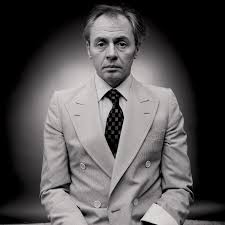
R.D. Laing
I once heard RD Laing the great radical psychotherapist say with some astonishment, that people are depressed these days because they can’t change the whole world! None of us can change the whole world. But ALL of us can change the whole world. And everyone can change his or her corner of the world a little, cultivating Voltaire’s garden or just giving a needy soul each day a word of hope.
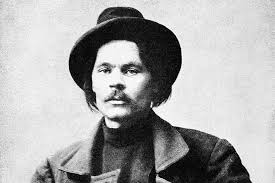
Maxim Gorky
Funnily enough alongside hopelessness, as long as we’re alive we all have some measure of hope. And we can give each other some of this hope. As Maxim Gorky said, “Life will always be bad enough, for the desire for something better not to be extinguished in man,” - we all hope things can change for the better.
So, in everyone alive, there is some degree of hope. The question then may be how to cultivate the hope that is there?
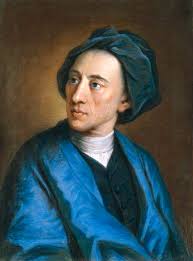
Alexander Pope
Where does hope live? “Hope springs eternal in the human breast.” – Alexander Pope points us to the place we most commonly find our hope. It is not our heads – my rational mind is full of negative predictions, but hope still springs.
Perhaps we can find our hope in our bones. This is part of the tenet underlying the therapy called Zero Balancing, which addresses the energy and structure of the skeletal system. Underneath the failures of our actions initiated by the muscles, we have places of support and deep energetic nourishment within us – our bones. They abide beneath the realms of optimism and pessimism. Abiding in our bones, we find nothing but peace.
In 2008, Duane Bidwell, an associate professor of practical theology at Claremont School of Theology in California, set out to study hope among children suffering from chronic illness.
https://www.cnn.com/2013/04/11/health/hope-healing-enayati/index.html
They concluded hope arises from five realms:
- Maintaining identity by continuing to participate in activities and relationships that help patients retain a sense of self outside diagnosis and treatment;
- Realizing community through formal and informal connections that help patients understand they are not alone in living with disease. This community is made real through conversation, visitation, consultation and participation in daily activities;
- Claiming power by taking an active role in treatment by setting goals, self-advocating, monitoring and maintaining one's own health;
- Attending to spirituality, activated through religious, spiritual and other contemplative practices;
- Developing wisdom, which involves both gaining pragmatic, medical wisdom derived from one's own experience and finding ways to ‘give back.
Bidwell’s study showed that “hope is a social resource. It emerges through interactions with the people who surround us and is then internalized.”
We can find hope in being inspired by our heroes. In a time when narrow-mindedness seems on the ascent, our heroes become all the more important. For they are not just heroes – they are guides. Teachers. They want or wanted us to be inspired by them.
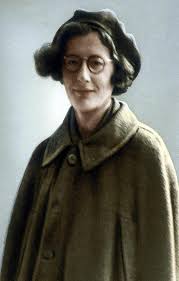
Simone Weil
Who are your heroes? I often look to Martin Luther King, Gandhi, John Berger, Bob Dylan, Walt Whitman, Bach, the Beatles, and Simone Weil.
Hope leads to inspiration and inspiration to inspired action. And that results in acknowledging our own inner hero. We can look up to ourselves.
Hope lives in the heart - The wonderful Jesuit priest, acupuncturist, author and teacher, Father Claude Larré said, “Heaven and earth meet in the heart. It is their destiny and place of rendezvous.”
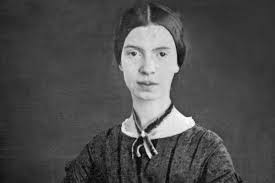
Emily Dickinson
We cannot depend on the political world to give us hope. It seems to be perpetually run by the moneychangers in the temple. It seems we have to start with ourselves and with those close to us and then find ways to gather hope from our communities. I find hope restored almost every day through my interaction with my wife, my children, and with my school. But hope is a fragile thing - “the thing with feathers…” as Emily Dickinson taught us.
“Hope” is the thing with feathers -
That perches in the soul -
And sings the tune without the words -
And never stops - at all -
And sweetest - in the Gale - is heard -
And sore must be the storm -
That could abash the little Bird
That kept so many warm -
I’ve heard it in the chillest land -
And on the strangest Sea -
Yet - never - in Extremity,
It asked a crumb - of me.
https://www.youtube.com/watch?v=SitTvcIusz0
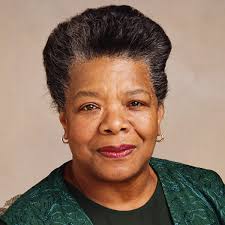
Maya Angelou
Perhaps each of us, like Ms. Dickinson, no doubt, needs to ask ourselves about it. Since hope never stops, how and where can we find it in hard times? We usually cannot find it in our heads. The thinking mind will be weighing things and often be preoccupied with negative predictions. We may find it in our gut – but it seems to mostly just want us to stay alive.
The heart does seem to be where hope perches and sings. And the song is shared and sung by everyone because everyone hopes, no matter the gale. If undying hope indeed resides in the heart area, then psychotherapy and body therapy that aim at the heart can access and amplify hope. Interestingly many bodyworkers shy away from the heart and chest area as they are felt to be more vulnerable, more personal. Rather than avoiding the chest and the abdomen that supports it from below, we need to cultivate a skilled and compassionate way to touch these areas. Similarly opening the throat will afford an outlet for the heart, facilitating speaking from the heart and singing.
Maya Angelou’s “I know why the caged bird sings” becomes important here. Our hopelessness may come from the thoughts we have and it can result indeed in the thorax becoming a cage. But restoring the open feeling and access to the heart, whether it is through heart-to-heart talking, massage, yoga, a song sung from the heart, or political activism – is a central task of humankind.
When we know what we deeply hope for, we can then begin the next step of taking thoughtful constructive actions. Take some time to explore your hopes thoroughly. Then please note what steps you can take with each hope to help it come true. They may be infinitesimal in impact but every genuine act will make a genuine difference. One act at a time, one person at a time, we all make a difference.
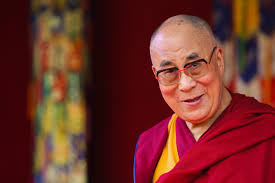
Dalai Lama
“Although attempting to bring about world peace through the internal transformation of individuals is difficult, it is the only way.” - H.H. Dalai Lama
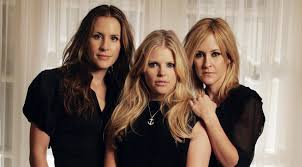
Dixie Chicks
And weighing in on our hopes – the Dixie Chicks –
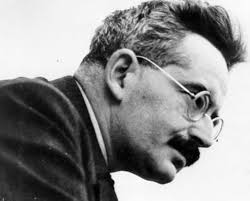
Walter Benjamin
One of the most profound reflections on hope and human history is Walter Benjamin’s essay Theses on the Philosophy of History. Let me close with these reflections born from 50 years of meditating on that essay.
It is impossible in some sense to talk about our hopes without equally considering the hopes of all our ancestors, whose hopes and dreams have preceded us. In their dreams begin our responsibilities. It is a distinctively human capacity that we can be conscious and take actions not only for ourselves, but also on behalf of our ancestors. This acknowledges humans as creators and so God-like, but unlike God always facing our ongoing failure to actualize the full potential for humans to create a just and harmonious world for their fellow beings and the planet.
Yet the hopes and dreams of our ancestors do not go away. They call loudly and then again almost inaudibly for our response.
The danger of dreams and hopes denied is real and confronts us with every act of brazen egotism. To paraphrase Benjamin, Even the dead will not be safe, if the enemy of human progress is victorious.
This is much like health itself. The modern model of health erroneously identifies health as the property of an individual. The truth is our health arises within the context of community and is inseparable from what we eat, from the beliefs that affect our nervous system, from the manner in which healthcare is managed or mismanaged by our society, by the way we treat the environment in which we live and breathe. In the same “breadth”, health and dis-ease not only surround us in space, but we live in a temporal community. The present world and our present health is largely a function of the rivers of influence of the past flowing through us like a grand temporal circulatory system. And on it flows into a future upon which we have a small but crucial influence.
We live in the pregnant pause between the past and the future. What we give birth to is at least partially up to us. And we give birth at every moment – to events which fan the flames of both hope and despair.
It is a great leap, yet just a simple shift of collective mind, to see our situation as one through which we can always redeem the best dreams of humankind. Because what else might be the worthy purpose of life? Can we be happy without redeeming this continuous flow of hopes? What joy, what fundamental health accompanies the awareness that we have done something which uplifts and honors the spirit of our ancestors! This is a kind of re-dreaming the recurrent dream of humanity for a just world in which each person and community is given the greatest chance for fulfillment.
We receive the past like we hear a song. And this song however soft always rings in our ears; we live in its refrain. And, like all beautiful songs, it is one born of hope.
Comments:
-
No Article Comments available